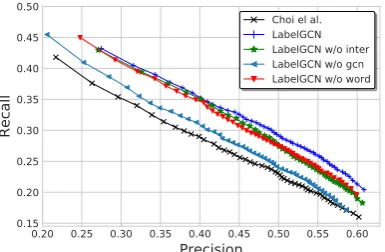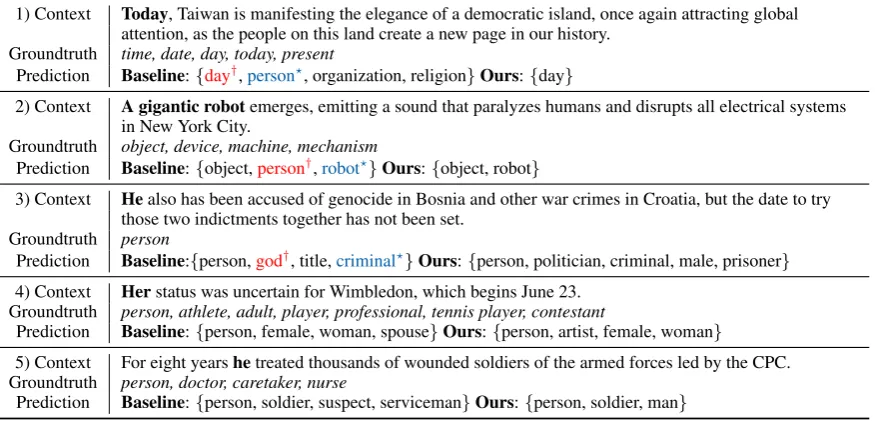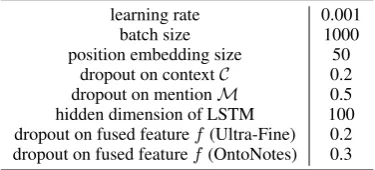Imposing Label Relational Inductive Bias for Extremely Fine Grained Entity Typing
Full text
Figure
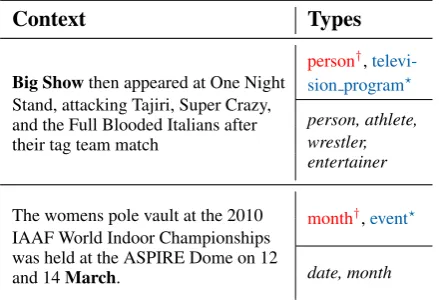


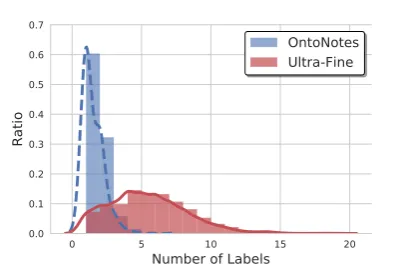
Related documents
The extract of the cultured apple stem cells was shown to en- hance the viability of umbilical cord blood stem cells, to reverse senescence signs in human fibrob- last cells and
Provide opportunities for clients to develop and practice relaxation and stress management skills.. Daily Education Group Class- Life, Interpersonal, Addictions Information
Includes major sign development, exposure in all facility media and site literature, site exposure (sponsor plaque), name recognition and road exposure, etc. With an
During the critical Encoding/Maintenance period, activity on trials with the highest level of accuracy (3 or 4 correct) is higher than trials with lower levels of accuracy.
In order to outperform the methods based on gaze only, future hybrid interfaces for target selection could be based on similar fusion approach, rather than on sequential
Phulner can then replace that function so that the taint is retained and a vulnerability has been injected, because user input which has not been sanitized is outputted on the page..
These test data, and those from many other researchers, highlight the benefits to be obtained in terms of reducing sulphate attack and chloride ion penetration from incorporating
It doesn’t make sense to retort to them, “That’s false!” since by my utterance of the words themselves I have made the situation they describe true—providing, of course,
